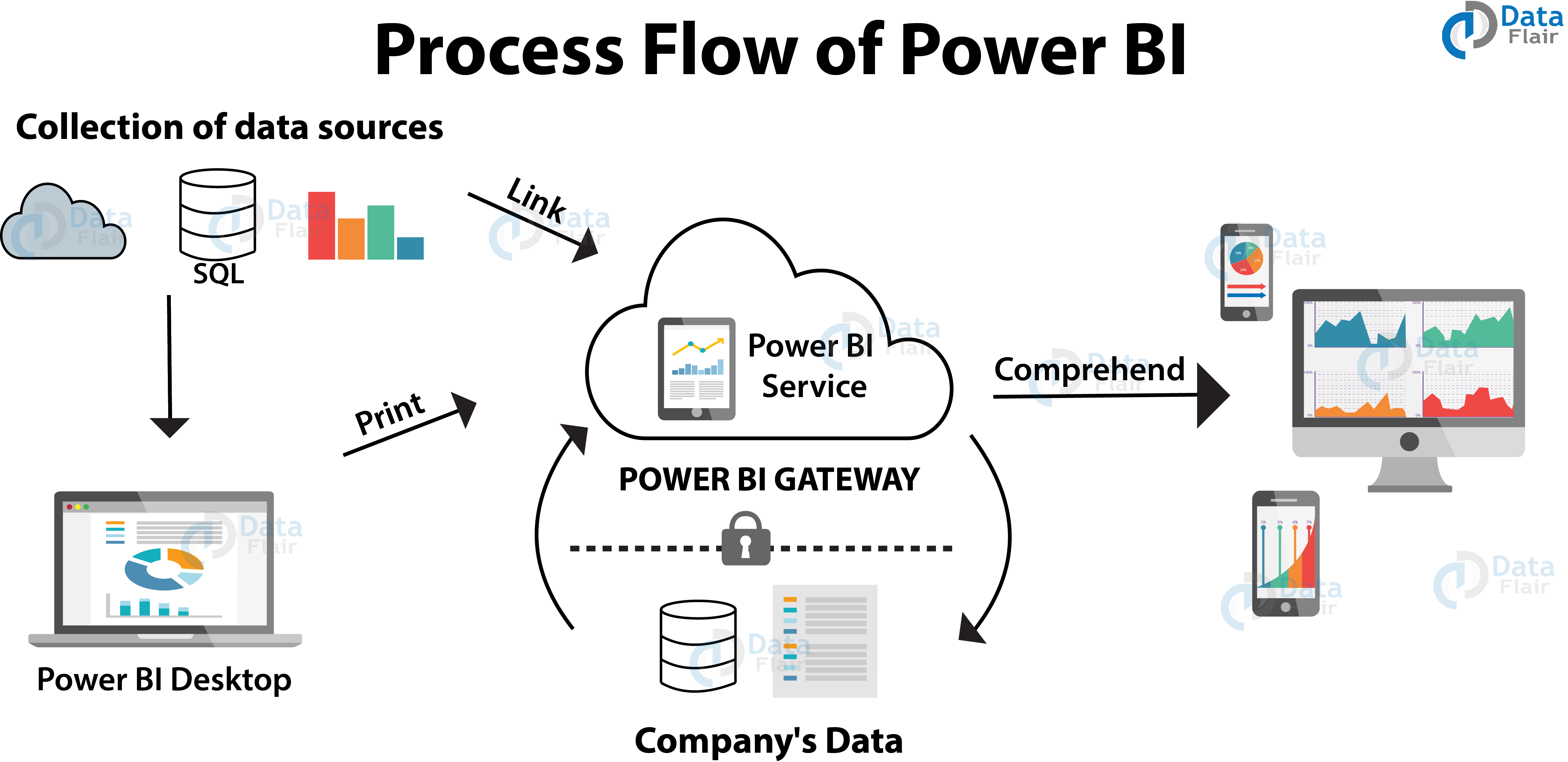

- #VISUAL BASIC 2015 TUTORIAL PDF HOW TO#
- #VISUAL BASIC 2015 TUTORIAL PDF INSTALL#
- #VISUAL BASIC 2015 TUTORIAL PDF CODE#
- #VISUAL BASIC 2015 TUTORIAL PDF PLUS#
- #VISUAL BASIC 2015 TUTORIAL PDF DOWNLOAD#
#VISUAL BASIC 2015 TUTORIAL PDF HOW TO#
To solve the problem above we are going to create a step by step tutorial that will teach us how to browse pdf files in our computer, get the path and open it using Visual Basic 6. If OFD.ShowDialog = a program that will allow the user to browse and select a pdf file then open the selected file using visual basic 6. "One who has no vices also has no virtues." If, however, you want to look at third-party stuff, consider DevExpress: I'm relying on the user to have *some* PDF reader which is very likely the case. MessageBox.Show(String.Format("An error occurred:", _ Private Sub Form1_Load(sender As System.Object, _ To test it (which worked), this is what I used in Form1: Public Shared Sub WriteHelpFile(Optional ByVal overwriteIfExists As Boolean = False)įile.WriteAllBytes(HelpFilePath, My.Resources.ProgramHelp) Public Shared Sub CreateProgramDataFolder()ĭim di As New DirectoryInfo(ProgramDataFolderPath)

Public Shared ReadOnly Property HelpFileExists As Boolean Return Combine(ProgramDataFolderPath, "Help.pdf") Public Shared ReadOnly Property HelpFilePath As String Public Shared ReadOnly ProgramDataFolderPath As String = _Ĭombine(GetFolderPath(SpecialFolder.ApplicationData), _ I set up a pretty simple little class called "Utilities" to make all of this easier: I grabbed a PDF file and renamed it for this example, then in the program's properties, I added it as a resource: I'll assume that it's not a large file or if it is, consider putting it into your program's installer instead. One way you might consider is to not include it where you are, but rather put it in the resources. When the solution is built, I want the pdf to be part of it so that I won't have to When a user clicks on the help button on the menu strip, I want it to open this pdf file. I have added a pdf into Solution Explorer for an application I am writing. My.(TempFile, My.Resources.AVI_File_Format, False) Private Sub Button2_Click(sender As Object, e As EventArgs) Handles Button2.Clickĭim TempFile As String = IO.Path.GetTempFileName Private Sub AxAcroPDF1_OnError(sender As Object, e As EventArgs) InitialDirectory = "C:\Users\John\Desktop" Private Sub Button1_Click(sender As Object, e As EventArgs) Handles Button1.Click Height = Me.ClientRectangle.Height - (Button1.Bottom + 5) Location = New Point(0, Button1.Bottom + 5) Private Sub Form1_Load(sender As Object, e As EventArgs) Handles MyBase.Load WithEvents AxAcroPDF1 As New AxAcroPDFLib.AxAcroPDF ' Has to be compiled to x86 CPU due to currently using 32 bit.
#VISUAL BASIC 2015 TUTORIAL PDF CODE#
This code I dynamically create the Adobe ActiveX because I didn't drag a copy of it from the ToolBox onto the Form but that is not required. Dll's with it required by the ActiveX control or the ActiveX control will not work on another system especially if the other systemĭoesn't have Adobe Reader installed on it.
#VISUAL BASIC 2015 TUTORIAL PDF INSTALL#
So if you decide to install your app on another system you can provide the. To the bin/debug or bin/release folder of your app.
#VISUAL BASIC 2015 TUTORIAL PDF PLUS#
Plus after adding it to a project and building the project you should then go into the applications properties, references, and click on the references for Adobe to get their properties and set output to local or whatever it says so the.
#VISUAL BASIC 2015 TUTORIAL PDF DOWNLOAD#
So if you download and install Adobe Reader then you will need to add it to the ToolBox using the ToolBox manager and I believe it will be a Com component. PDF file.Īlso the Adobe Reader ActiveX seems the app is required to be compiled to x86 unless that has been changed since I tested it last and I don't have the current Adober Reader installed. PDF and the Dialog could get the file path from its parent Form for the. You could also add a Dialog to your app and place the Adobe control on the Dialog for doing this so a Dialog is launched displaying the. Write the resource to the temp file then have the ActiveX load it. You can get a temporary file name to use for that. So you need to write the resource to a File prior to loading it. PDF.īut the ActiveX control can only load from a File. So if you have a current version of Adobe Acrobat Reader installed on your system you can use that control to display the. However to display it I use the Adobe Acrobat Reader ActiveX control that comes with Adobe Acrobat Reader. Thenīuild the app and it becomes part of the applications executable file. In the applications properties window I select Resources, then in the add dropdown I select Add from existing file. Typically I select the Project tab and at the bottom select the applications properties menu item. I've not used Solution Explorer for that but I suppose that method may work.


 0 kommentar(er)
0 kommentar(er)
